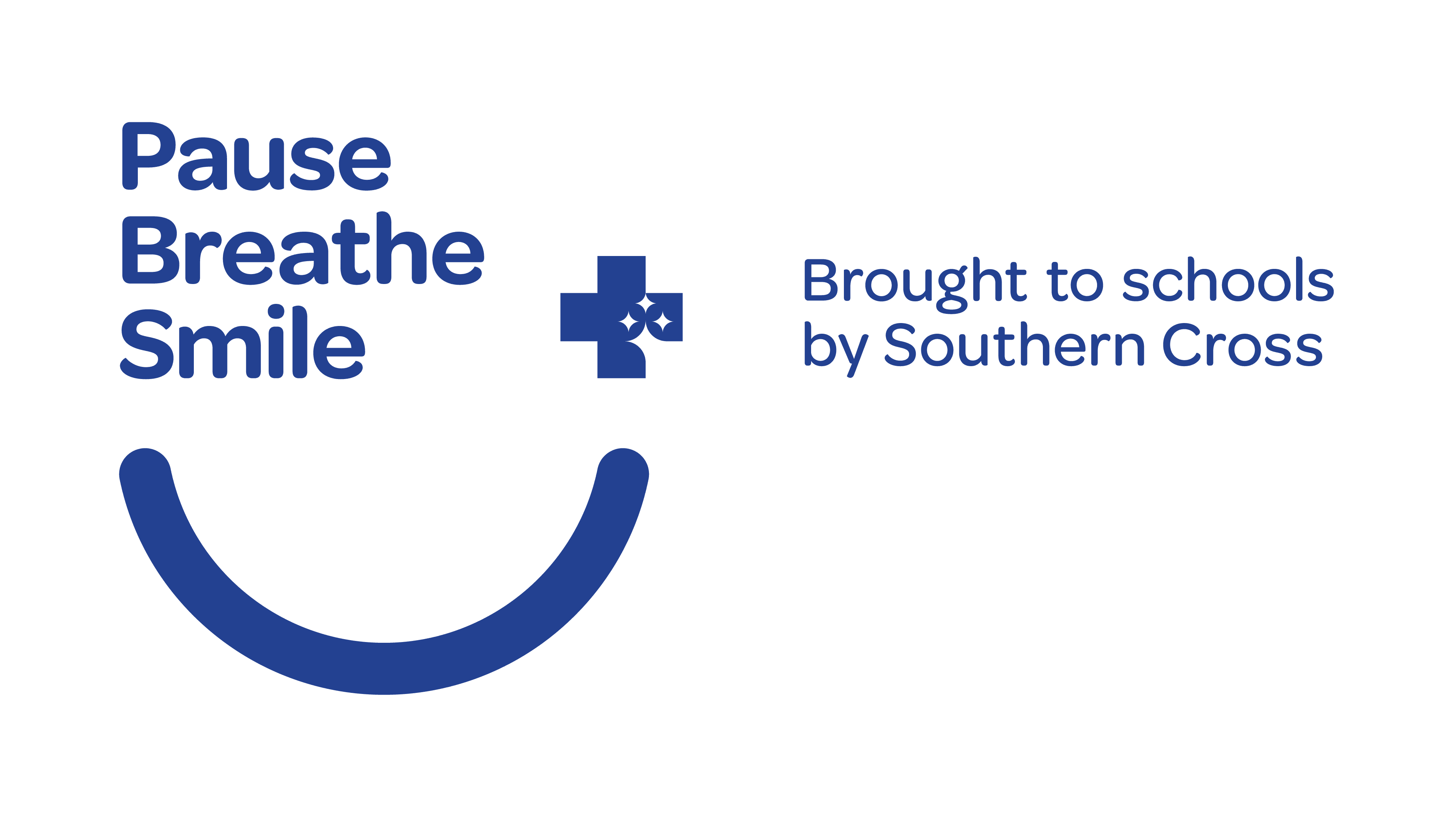I have a confession.
You know the little mindfulness practice titled “Thankful for My Hands and Feet”? It appears in the Pause Breathe Smile programme curriculum in Lesson 2; it guides children to think of their hands and their feet and all the things those parts of their bodies help them to do. The script lists out some possible activities those body parts enable, like catching a ball, running on the playground, giving a hug, and riding a bike.
Well, when Grant Rix, the creator of PBS, was first training us facilitators so that we could train teachers, I was not a big fan of this mindfulness practice. In fact, I thought it was rather saccharine—too sweet, a bit cloying, and overly simple.
Don’t get me wrong, I learned it and I taught it and I masked my slight superiority about it, preferring instead any of the other practices in the programme.
That is, until it saved me.
You see, one day a couple of years ago, I received some truly horrible news. The news I got upset me deeply, and I found myself highly activated and way up in my red zone. Tension and anger and fear and sadness rushed through my body and took me over like a monster wave at the beach, knocking me under and disorienting me, my face full of sand and saltwater.
The usual mindfulness techniques that I use—deep breathing, naming it to tame it, doing mindful movements—none of them were helping me to down-regulate. I felt stuck in my red zone, my thoughts whirling and swirling in a cacophony of unpleasant and painful feelings.
Desperate for some relief from these big emotions, I threw on some exercise clothes and laced up my running shoes. I left my cell phone and earbuds at home, setting out instead without any technological companionship; I ran toward Hagley Park, just a few minutes from my Christchurch home.
As I ran, without planning to, I intuitively started doing the “Thankful for My Hands and Feet” practice that I so disdained.
“Thank you feet,” I growled, aloud, feet pounding the pavement. “Thank you for all the things you help me to do… like walking, running, climbing stairs, swimming, driving my car, riding my bike.”
From my feet, I moved up to my ankles and calves, to my knee caps and thighs, to the various and sundry muscles and organs and composite parts of my body.
I just prayed that the other pedestrians who I passed (wrongly) assumed that I was on a Bluetooth phone call, because I was speaking all of this out loud.
Something you should know is that, even though now I’m a facilitator and writer, at my technical high school, I studied nursing. This means that as a high schooler, I studied advanced anatomy and physiology and medical terminology. I actually became a certified nursing assistant in my last year of school.
Believe me: I put all that good knowledge to use on my run, thanking my pituitary gland, my malleus, incus, and stapes (the bones in the inner ear), my lymph nodes, my gallbladder…
And as I ran, the funniest thing happened.
My nervous system started to settle down.
I came home to my body, down out of my sympathetic nervous system fight-or-flight response.
In fact, by the time I had appreciated my ears and eyes, at the top of my body, I felt overwhelmed by tender gratitude. I appreciated all the many ways in which the various elements and parts of my body work together so seamlessly, so thanklessly, all the time. And how they enable me to do so many things that I want and need to do.
I had come home.
You know what had changed about the upsetting situation? Absolutely nothing. I still had hard decisions to make, difficult conversations to have, and the challenge of accepting that many important things were far outside of my control.
But what this simple practice had done was helped me down-regulate back into my green zone. It had calmed me down enough that I was able to get perspective instead of being caught in a cycle of big emotions and powerful thoughts that would have kept me trapped as a victim of the circumstances.
This experience profoundly altered the way I see and teach “Thankful for My Hands and Feet.” It is now one of my very favourite wee practices because it is powerful and comforting. Contrary to my initial response to it, this practice simply and pragmatically calls us back home to gratitude—to what is good, what is going well, what is working, and what we too often take for granted.
It came through for me on a horrible day, and that’s why I’m passionate about helping tamariki, rangatahi, and even adults experience this gratitude practice—because it helps us return to the safety of our bodies and appreciate all the things that our bodies do to keep us safe, alive, and enjoying life.
—-
Photo by Nathalie Désirée Mottet on Unsplash

